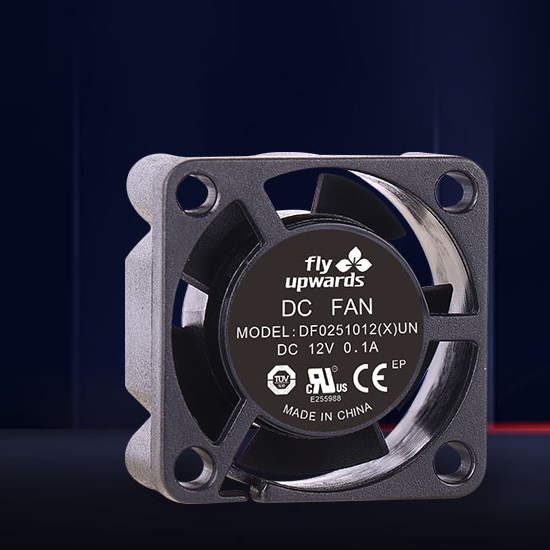Go beyond the control and protection options of DC fans
2022-09-29
A DC fan is a well-known and widely used thermal management device that can be used alone, in series, or in parallel to provide forced air convection cooling. It is the versatility and relative simplicity of DC fans that have made them a reliable choice for end-application temperature control technology for many years. According to the basic laws of physics, the airflow generated by the fan will absorb the heat of the device to be dissipated and take the heat away from the device to be dissipated, thereby effectively cooling the device components. However, cooling effectiveness is affected by several factors; engineers would benefit from a better understanding of the DC fan's existing capabilities and options to improve reliability and efficiency.
Before selecting a DC fan, engineers need to perform some basic thermal analysis in order to calculate minimum air flow requirements. A typical thermal analysis might include modeling of heat sources, ambient conditions, and temperature rise. In addition, other factors such as fan size, direction of rotation, and airflow paths within the application need to be considered to ensure a suitable solution.
Once the thermal analysis is done and a fan of the right size and rating is selected, the next step is to power up the fan and make it work, right? While continuously running fans can serve their purpose in some cases, continuous forced air cooling often does not achieve energy savings or provide a long-term solution. Today's DC fans offer designers a range of control, monitoring and protection options for enhanced thermal management capabilities.




